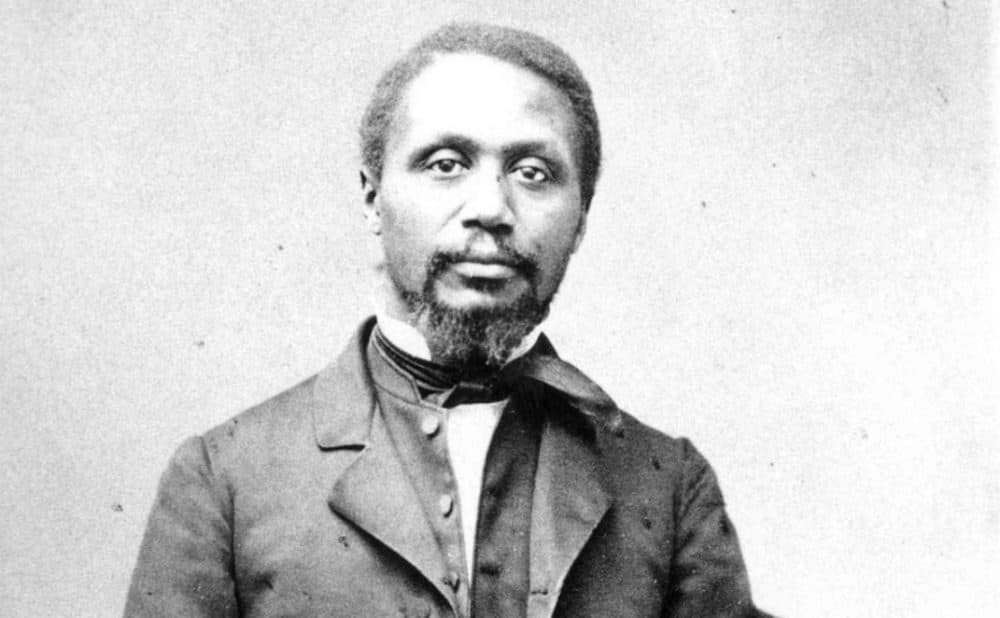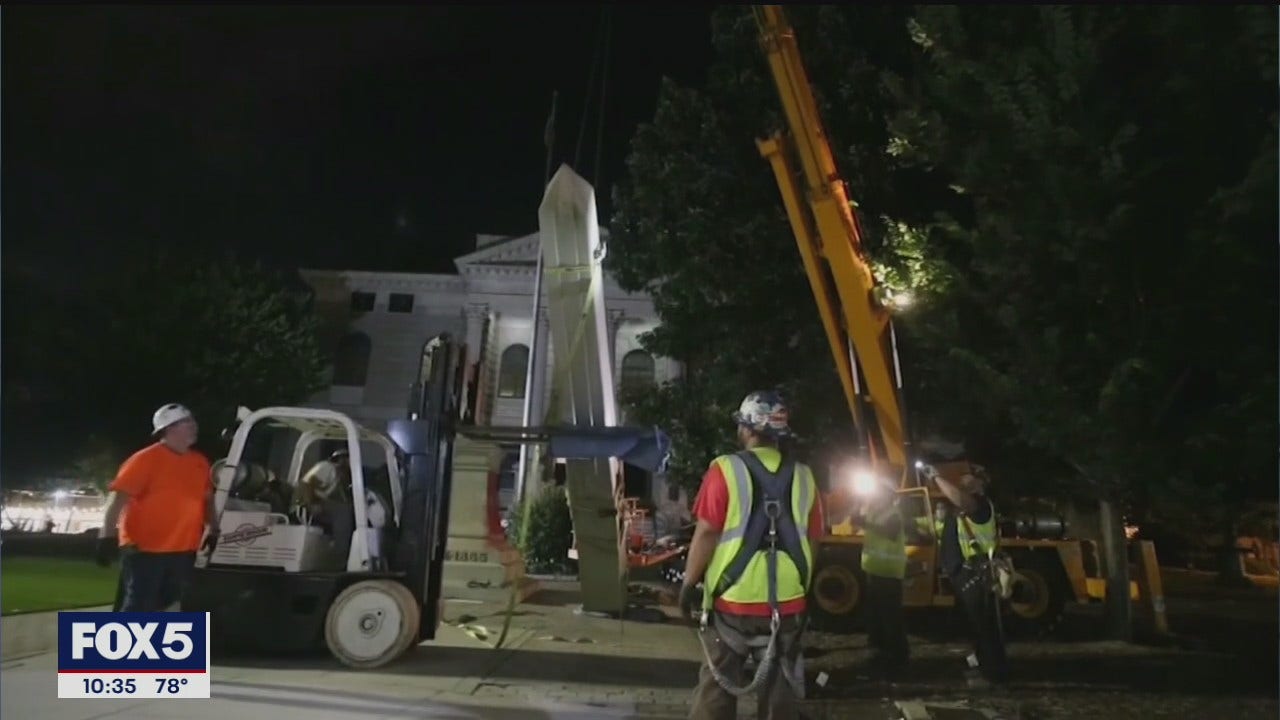Weighing in on the Statue Controversy
I shared my views on the statue controversy in the United States.

Recently I shared my views on the nation's statue controversy, both locally and nationally.
I share a snippet of the remarkable story of Robert Morris in this piece published in WBUR's blog Cognoscenti. Amid the controversy over the Emancipation Memorial in Boston, I ask: Why don't we have statues of notable Black activists like Robert Morris? Of course, we know why. But let's change that!

And then, nationally, I'm featured in this FOX5 NYC story about the Lost Cause myth and Confederate monuments. I said, in closing, "Confederate monuments were built during the Jim Crow era of racial segregation, as a way to assert white supremacy and the myth of the lost cause. How powerful and meaningful would it be, if we built new monuments that...stand for racial justice... black freedom...[and] civil rights?”

In the discussion of Confederate monuments, I instantly thought about the activism of Bree Newsome, and I'm glad that journalist Kevin Blackistone highlights her work in this Washington Post article. It is too often that Black women get forgotten and then written out of these histories.

In the Washington Post article, Bree Newsome Bass poignantly states: "The symbols represent an ideology. I don’t see a scenario where we have resolved racism … [while] we still have monuments to the Confederacy up. Seeing these monuments coming down is an indication that we’re moving in the right direction. The shift in the culture and the shift in the mind-set proceeds the shift in the law. That’s always been the case."
I completely agree with her. Removing Confederate monuments and building new monuments honoring people, events, and ideas while also acknowledging that we are standing on indigenous land is actually a radical beautification project. A few critics might categorize and dismiss the Confederate monument controversy as low-hanging fruit, but I think it's one of a few battlegrounds for racial justice work.

